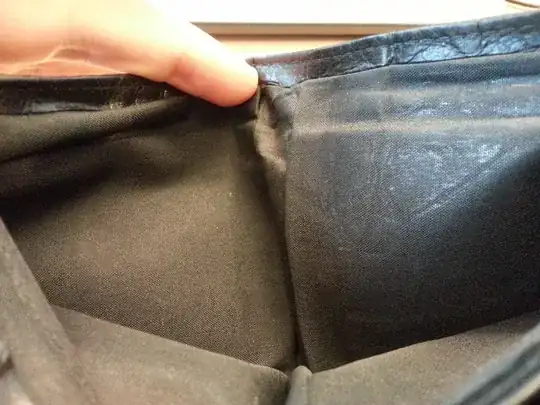According to the Popular Mechanics article RFID Credit Cards and Theft: Tech Clinic, the fact that many new credit/debit cards have a RFID chip embedded on it, there is a risk (albeit, small according to the article) that the card would be 'skimmed' - from the article:
RFID cards do have a unique vulnerability. "Your card can be read surreptitiously. Unless you were paying attention to the guy behind you with a reader, you'd never know you were being skimmed."
Now, even though the risk is low, there is always a chance. With that in mind, a friend bought me a wallet - a Stainless Steel RFID Blocking Wallet to be precise, that claims to
prevents 'accidental' reading of your information
I have this wallet still (it is rather nice looking), so my question is really two-fold:
- Can a steel woven wallet prevent RFID scanning of credit card information?
and
- Is there a practical way I can test this myself?
(Note: I have no affiliation with anything to do with the manufacture or sale of these wallets)
